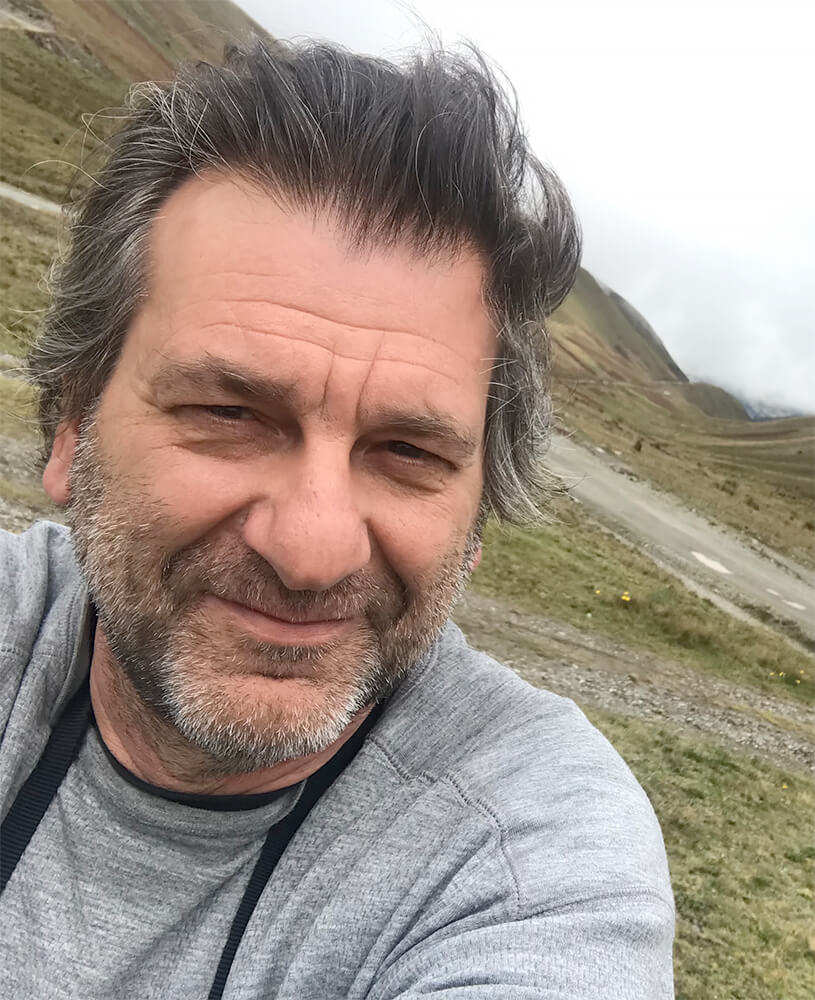Giorgio Negro is born in Turin in 1959 and spends his childhood and youth in the peaceful environment of the Italian province, in Susa. At the University he obtains a degree in Electronic Engineering but after 10 years of computer work he decides to join the International Committee of the Red Cross. He will work in many parts of the world to carry out humanitarian activities in war zones: Chechnya, Colombia, Peru, Chad, Sudan, Israel, Libya, Iraq and other countries. In 2005 he meets Ernesto Bazan and Dario De Dominicis, the Italian photographers who will make him discover the world of the black and white photography and who will become his friends and mentors.
It is the beginning of a magical journey into the world of humanistic photography. In the little free time that his work allows him, Giorgio photographs in Latin America, alone or under the guidance of Bazan and De Dominicis. In 2017, he quits his humanitarian job to devote himself to the family and photography. In 2019, the personal vision project on Latin America is published as a book with the title "Pathos". It is an intimate journey, an empathic confrontation with the many contrasts of that continent, which the 59 B&W images of the book try to narrate. Giorgio is currently working on a photographic project about his homeland Switzerland, always using B&W film.
Selected Books on

